#language architecture
Explore tagged Tumblr posts
Text

[This is a copy. I posted this on the Computer Science community but I have no idea how to drag it into this blog]
I am developing a new programming language I am calling SavageGardens. I am here for several reasons. One is to get the word out on SavageGardens but this particular post is to ask the Computer Science community for new terminology.
The core of SavageGardens implements a ladder of abstraction because I see the problem of computer languages as a communication problem (us talking to the machine). The situation as the machine being of alien species to ourselves and the problem being a translation problem. Furthermore, its not a simple translation such as English to Spanish. Its complicated translation. Several layers or stages are required to get our point across. Hence the reason for the ladder of abstraction.
We humans stand at the top of the ladder. We communicate at a very high level. Machines stand at the bottom. They communicate at a very low level.
I am categorizing SavageGardens as a complex language. Because SavageGardens is made up several sub-languages. Here comes the need for new terminology. I suggest that traditional computer languages be called simple programming languages and I propose that a new breed of complex programming languages to be recognized. The idea is the same as simple single cell organisms vs complex living organisms such as ourselves.
When I came up with my ideas I started calling the stages as tiers. I called SavageSardens as a multitier language. There is an entry on wikipedia about multitier languages. The most popular being the internet development stack (HTML, CSS, PHP, SQL, JavaScript). Unfortunately that is not a ladder of abstraction. Hence there needs to be terminology to distinguish traditional multitier languages from ones that implement a ladder of abstraction such as SavageGardens.
I need an adjective to assign to SavageGardens that would describe it to be a complex language that utilizes a ladder of abstraction. Keep in mind that several languages implement abstraction. But this kind of abstraction is different. It gives the programmer the ability to zoom in and out of scope. Also, unlike the internet development stack the sub-languages within SavageGardens breathe as one. If you make changes at the top, they are reflected at the bottom. And any changes you make at the bottom must be inline with the top. The same way if you draw a tattoo yourself. The cells in your skin are affected. Likewise if your cells are allowed to grow unrestricted you experience cancer.
#ladder of abstraction#computer programming#computer language#software architecture#language architecture#SavageGardens
0 notes
Text

#art on tumblr#art#artists on tumblr#black and white#photographers on tumblr#photography#naturecore#photo nature#relationship#love quote tumblr#lovers#love language#love#couple goals#couple#cute#architecture#decoration#sunrise#sky#could be us#date night#date
390 notes
·
View notes
Text




Wednesday / Thursday
Third coffee of the day with a friend, which led to late night rendering in photoshop, early morning mandarin study, and evening walk.
#nyc#new york#architecture student#studyblr#fypage#university student#dark academia#coffeehouse#coffee#sunset#nyc spring#mandarin#study inspo#student life#language study#architecture rendering
263 notes
·
View notes
Text
i want to be a cozy hobbit living in a hobbit hole and gossiping with the neighbours and tending to gardens and baking and dancing barefoot under the party tree
but alas
i can't stand dirt
#my mum said i'd be an elf though so i'll take it#i like cool architecture and languages and singing and frolicking in meadows as long as i get to wear shoes#also i vibe with book legolas he's got wonderful vibes#i want his vibes#lotr#lord of the rings#tolkien#the hobbit
211 notes
·
View notes
Text
Title: "The Significance and Diversity of African Names"
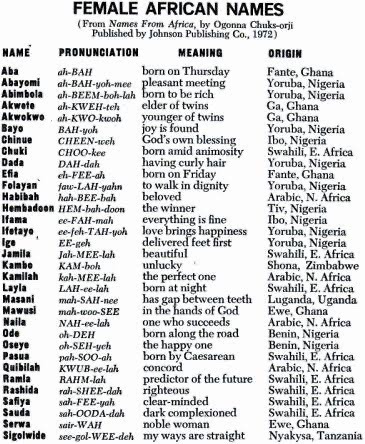
Introduction
African names are a reflection of the continent's incredible diversity, culture, history, and traditions. With over 2,000 distinct languages spoken and a multitude of ethnic groups, Africa is a treasure trove of names that carry deep meanings and unique stories. In this article, we'll explore the rich tapestry of African names, their significance, and the cultural diversity they represent.
The Importance of Names
Names hold a special place in African societies. They are more than mere labels; they encapsulate a person's identity, heritage, and often convey messages of hope, aspiration, and blessings. African names are deeply rooted in the belief that a name can shape a person's destiny and character.
Linguistic Diversity
Africa's linguistic diversity is astounding, with thousands of languages spoken across the continent. Each language group has its distinct naming traditions, resulting in a vast array of names. For example, in West Africa, Akan names such as "Kwame" (born on a Saturday) and "Kofi" (born on a Friday) are common, while in East Africa, Swahili names like "Amina" (trustworthy) and "Nia" (purpose) are prevalent.
Meanings and Symbolism
African names are rich in meaning and symbolism, often reflecting the circumstances of a child's birth, their family history, or the aspirations of their parents. Names can signify virtues like courage, strength, and wisdom or convey hopes for a prosperous and fulfilling life.
Family and Heritage
In many African cultures, names are chosen to honor ancestors, celebrate cultural heritage, or connect the child to their roots. This practice ensures that generations remain connected to their family's history and traditions. For example, the Igbo people of Nigeria often use "Ngozi" (blessing) to convey the hope for a blessed life..
Naming Ceremonies
Naming ceremonies are significant events in many African communities. These ceremonies are joyous occasions where family and friends gather to celebrate the birth of a child and bestow a name. The rituals and customs associated with these ceremonies vary widely, showcasing the diversity of African naming traditions.
Modern Influences
In today's globalized world, African names are not confined to the continent. Many people of African descent living outside Africa proudly bear African names, celebrating their cultural heritage and contributing to the global recognition of the beauty and significance of these names.
Conclusion
African names are a testament to the continent's diversity, culture, and history. They carry profound meanings, connect individuals to their heritage, and celebrate virtues and aspirations. As we embrace and appreciate the beauty of African names, we also acknowledge the importance of preserving and passing on these cultural treasures to future generations, ensuring that the rich tapestry of African identity remains vibrant and thriving.
1. **Kwame (Akan, Ghana):** A male name meaning "born on a Saturday."
2. **Ngozi (Igbo, Nigeria):** A unisex name meaning "blessing" or "good fortune."
3. **Lulendo (Lingala, Congo):** A male name meaning "patient" or "tolerant."
4. **Amina (Swahili, East Africa):** A female name meaning "trustworthy" or "faithful."
5. **Kwesi (Akan, Ghana):** A male name meaning "born on a Sunday."
6. **Nia (Swahili, East Africa):** A unisex name meaning "purpose" or "intention."
7. **Chinwe (Igbo, Nigeria):** A female name meaning "God owns" or "God's own."
8. **Mandla (Zulu, South Africa):** A male name meaning "strength" or "power."
9. **Fatoumata (Wolof, Senegal):** A female name meaning "the great woman."
10. **Kofi (Akan, Ghana):** A male name meaning "born on a Friday."
These are just a few examples, and there are countless other African names with unique meanings and significance. It's essential to remember that Africa is incredibly diverse, and each region and ethnic group has its own naming traditions and languages, contributing to the rich tapestry of African names.
The most popular African names among Black Americans can vary widely based on individual preferences, family traditions, and regional influences. Many Black Americans choose names that connect them to their African heritage and celebrate their cultural roots. Here are a few African names that have been embraced by some Black Americans:
1. **Malik:** This name has Arabic and African origins and means "king" or "ruler."
2. **Amina:** A name of Swahili origin, meaning "trustworthy" or "faithful."
3. **Kwame:** Derived from Akan culture, it means "born on a Saturday."
4. **Nia:** A Swahili name representing "purpose" or "intention."
5. **Imani:** Of Swahili origin, it means "faith" or "belief."
6. **Jamal:** This name has Arabic and African roots and means "handsome."
7. **Ade:** A Yoruba name meaning "crown" or "royalty."
8. **Zuri:** Of Swahili origin, it means "beautiful."
9. **Sekou:** Derived from West African languages, it means "fighter" or "warrior."
10. **Nala:** This name is of African origin and means "gift."
It's important to note that while these names have African origins, their popularity among Black Americans can vary by region and individual choice. Additionally, some Black Americans choose to create unique or hybrid names that blend African and American influences, reflecting their personal and cultural identities. The naming choices among Black Americans are diverse and reflect the rich tapestry of their heritage and experiences.
African Languages: A Tapestry of Diversity and Culture"
Introduction
Africa is a continent known for its stunning natural landscapes, diverse wildlife, and rich cultural heritage. Among its many treasures, the continent boasts an astonishing linguistic diversity that is often overlooked. In this article, we delve into the fascinating world of African languages, exploring their diversity, cultural significance, and the challenges they face in a rapidly changing world.
The Linguistic Kaleidoscope
Africa is home to over 2,000 distinct languages, making it one of the most linguistically diverse regions on the planet. These languages belong to several different language families, including Afroasiatic, Nilo-Saharan, Niger-Congo, and Khoisan, each with its unique characteristics.
Niger-Congo Family: The vast majority of African languages, including Swahili, Yoruba, Zulu, and Kikuyu, belong to the Niger-Congo language family. This family stretches across West, Central, and Southern Africa, reflecting the continent's linguistic richness.
Afroasiatic Languages: Arabic, a member of the Afroasiatic family, has a significant presence in North Africa, while other Afroasiatic languages like Amharic are spoken in the Horn of Africa.
Nilo-Saharan Languages: Found in parts of East and North Central Africa, Nilo-Saharan languages include Dinka, Kanuri, and Nubian.
Khoisan Languages: These languages, characterized by their unique click consonants, are primarily spoken by indigenous groups in Southern Africa, such as the San and Khoi people.
Cultural Significance
African languages are not just tools of communication; they are repositories of cultural heritage and identity. They carry the history, stories, and traditions of their speakers. Each language is a key to unlocking the rich tapestry of African cultures, from oral storytelling and folklore to religious rituals and traditional medicine
Preserving Cultural Diversity
Despite their cultural importance, many African languages are endangered. The rise of global languages like English, French, and Portuguese, often due to colonial legacies, has led to the decline of indigenous languages. To address this, efforts are being made to document, preserve, and revitalize endangered African languages through education, community initiatives, and technology.
A Language of Unity
In some regions, African languages are a means of fostering unity. For example, Swahili, a Bantu language with Arabic influences, serves as a lingua franca in East Africa, promoting communication and cooperation among diverse ethnic groups.
Challenges and Opportunities
While African languages face challenges in an increasingly interconnected world, they also offer unique opportunities. Embracing linguistic diversity can strengthen cultural identities, promote inclusive education, and drive economic growth through multilingualism.
Conclusion
African languages are an integral part of the continent's rich heritage and cultural tapestry. They represent the diversity of Africa's peoples and their traditions. While challenges exist, there is hope that efforts to preserve and celebrate these languages will ensure that they continue to thrive, enriching the world with their unique beauty and significance. In an increasingly globalized world, Africa's linguistic diversity is a testament to the resilience and vibrancy of its cultures.
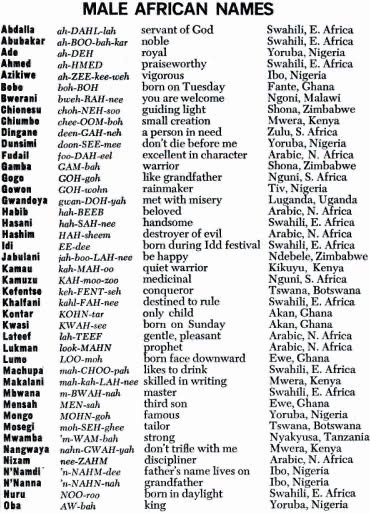
#life#animals#culture#aesthetic#black history#history#blm blacklivesmatter#anime and manga#architecture#black community#language
759 notes
·
View notes
Text
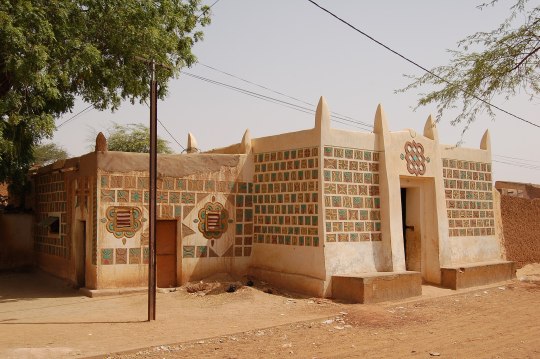
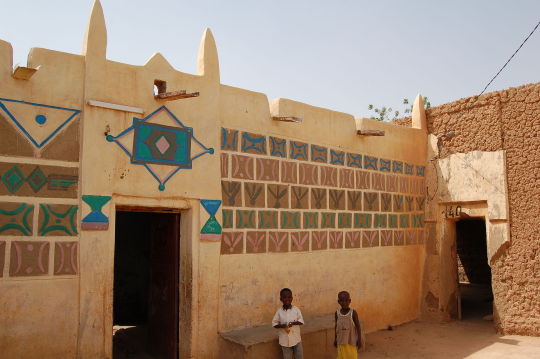
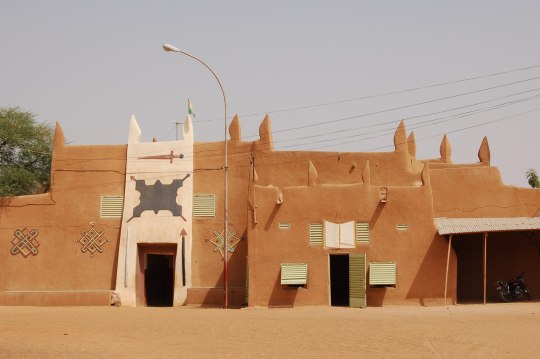

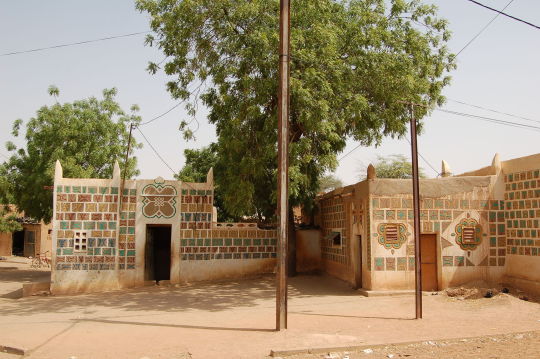
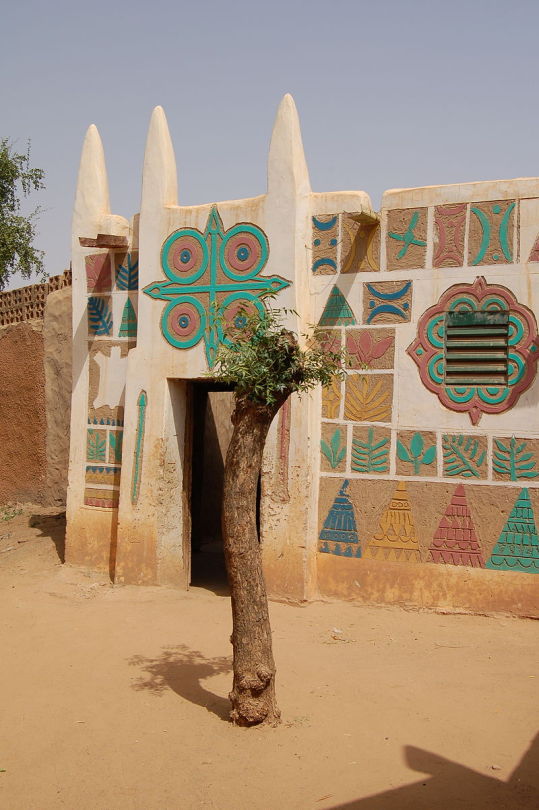
some of the architecture of zinder, niger. zinder rose from a small hausa village into an important center of trans-saharan trade during the 18th century, culmunating in it becoming the capital of the sultanate of damagaram in 1736.
#niger#hausa#architecture#my posts#in case you didn't know: hausa is a part of the afroasiatic language family (same family semitic langs are in)#there's a lot of theories about how exactly afroasiatic speakers spread & there isn't a consistent cultural/migration pattern#like w/ indo-euro languages#but hasua is probably to arabic/hebrew/syriac what english is to bengali or assamese (except even less similar)#i can pick out some hausa words myself ('sama' is 'heaven') but tbh im not sure how many are loadwords from arabic (since they use#'dunya' for 'world' for example). most hausa are muslim so itd make sense if they took some arabic words
643 notes
·
View notes
Text
the way mandos are depicted in the clone wars s2 (at least in their first few appearances) is supremely Unnatural. like if americans suddenly renounced beer, guns, and christianity and pretended that those things were not Very Important to american culture
#(for reference: mandos are the part of star wars i know / care the most about)#the kept the kar'ta beskar (that funny hexagon thing) as an architectural motif & otherwise abandoned armor#their language is spoken only by terrorists in exile on the moon#shouldn't have to rely on terrorists to keep the most distinctive parts of your culture alive#but idk#the clone wars#star wars the clone wars#star wars clone wars#clone wars#star wars#mandalorians#mandalorian culture
130 notes
·
View notes
Text




The Fortress of Guaita on Monte Titano, San Marino
Monte Titano has three towered peaks overlooking Città di San Marino. The fortress of Guaita is the oldest and the most famous. It was built in the 11th century.
The obsolete Italian word 'guaita' is still in use in Città. It means 'watchman' or 'guard'.
#san marino#città#guaita#monte titano#appennini#tower#fortress#castles#mountains#travel#travel photography#architecture#medieval architecture#11th century#history#culture#language#italian#italian language#photography#photographers on tumblr#architecture photography#amazingarchitecture#original photographers
122 notes
·
View notes
Text
To other English people, stop saying "England has no culture", it is actively harming us. There is a reason the Tories defunded the arts and heritage sectors whilst scapegoating immigrants. The fear that immigrants will come and destroy Englishness is only working as the government is literally trying to actively wipe it out. If we a) recognise the things that are distinctly cultural (eg architecture styles) and b) actively participate in the traditions you're always told are silly (Morris and Molly dancing, scarecrow competitions and folk songs), it will actually make us better as a country and more difficult to divide via classism, racism and xenophobia
To be extra clear, these traditions are for everyone, queer people, imagrants and anyone of any faith (including Islam).
The deliberate eroding of our folklore/traditions by conservatives (both big and little c) is allowing for the insecurities weaponised by the types of Tommy Robinson against imagrants. These traditions and folklore do still need challenging from a modern critical lense (like how blackface has been removed from Morris dancing). Nor should they be preserved exactly how they used to be, because folklore and customs have always changed with the times. Having a good understanding of our past, critically understanding and accepting of the problems in it will absolutely contribute to decolonisation. Hopefully, having a solid grasp of our own traditions and folklore in a meaningful positive way will allow us to step back from clinging desperately to the parts of Welsh, Scottish and Irish culture we cling to because we don't think we have our own. Doing so will also hopefully allow for more support of the Welsh, Scottish and Irish independence movements. Also, it will hopefully stop the rampant cultural appropriation of other sacred traditions - it's ridiculous that modern wiccans believe that smudging with a non native plant (white sage) that's being driven to extinction by over harvesting will clear any sort of bad luck.
#they speak#england#english culture#sincerely someone who's tired#yes we have traditional folk costumes and folklore and architecture styles and chruch traditions#our language is cultural - just because it is now a (forced) lingua franca don't forget that#please just go to a local museum or library and pick up a book of local folklore and history#go to the slightly shit village or town fête and watch the slightly shit morris dancers - do you know why they're slightly shit?#bc they're all Old. they're the only ones really actively participating in it#londoners especially stop doing this - of course you think there's no culture if you've never actually left london and actively participate#*participated in it
131 notes
·
View notes
Text
The direct parallel between alhaitham and kaveh working together within cyno’s story quest 2 and them working together on their thesis in their school days is a bit um??
Their thesis was based around the ancient runes and ancient architecture of King Deshret’s era, which benefitted many people in modern Sumeru in terms of understanding of languages and architecture usages even before it was abandoned. Kaveh left the topic for alhaitham to pick, and he picked a topic which balanced their ‘mirror’ interests.


it's interesting that alhaitham and kaveh had once planned on aligning their seemingly opposing views through this thesis, but were ultimately prevented from doing so due to differing points of contention based around their philosophies and concern for the other (an analysis of their argument can be found here). however, in cyno's story quest, there is an inversion of this mirror, in that kaveh remembers the symbol of the temple of silence due to its beauty and alhaitham is able to identify the emblem as the temple of silence's due to architectural signatures. in this, the two appropriate the other's signature, being that kaveh uses alhaitham's language, and alhaitham uses kaveh's architecture, and this results in a cohesion of these previously considered 'mirroring' viewpoints
In cyno’s story quest, Alhaitham and Kaveh identify and research into The temple of silence, which is directly connected with king deshret, being founded by Hermanubis, a familiar of king deshret


When the two join together within this quest, it is also related to king deshret, and their research is imperative to the traveller’s progression throughout the quest, with their working together being commented on three times on separate occasions by tighnari and cyno – one of which, the two give seemingly disconnected advice at different times; alhaitham gives advice to tighnari on cultural practices in the desert, and kaveh has told tighnari of his experiences with desert folk. Alhaitham gives this advice based on personal research, whereas kaveh has ascertained his information based on personal experience – which aligns with their respective ideologies, alhaitham = individualism, researching on his own through the perspectives of others to find objectivity , kaveh = collectivism/altruism, directly interacting with others, but these both align to create a full picture, which allows tighnari and cyno compose a strategy which gives them the upper hand



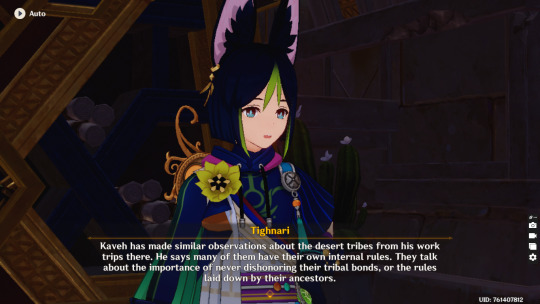
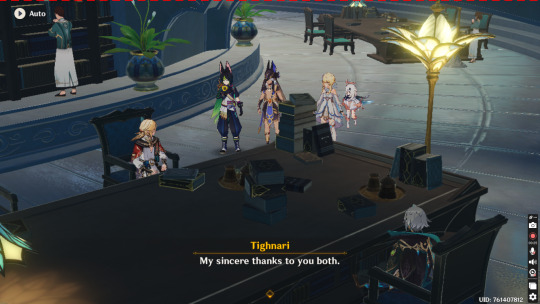
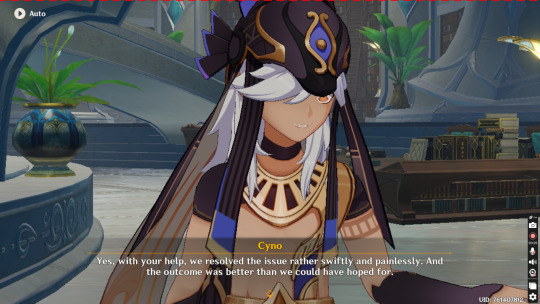
This ultimately points to the harmonisation of their respective views which can manifest in good. Having Alhaitham and Kaveh rejoin in research an organisation directly connected to King Deshret, the subject of their joint thesis, is a direct parallel, and only serves to show the importance of the two attempting to align their visions, both for themselves, but also for the good it can do for others. again, this highlights the importance of their reconciliation presented within cyno's story quest
#haikaveh#kavetham#cyno's story quest spoilers#alhaitham#kaveh#i have more thoughts about the architecture/language thing!! but i have been STUCK on the king deshret thesis#and the fact that they are willingly working together#like it isnt even a question its just naturally a given#and when kaveh offers to help alhaitham doesnt even have to verbally accept and kaveh knows alhaitham wont refuse him#they are THAT comfortable with each other now its unreal#im so used to this shift in dynamic in fanon that the fact its CANON is spooking me??? IT JUST SHOWS THE WRITING IS DELIBERATE#i have thoughts on what this means for future haikaveh but i need to articulate them!!
129 notes
·
View notes
Text

Tumen Mall, Ulaanbaatar The word Tumen is a word of ancient Mongolian, Turkic, Kyrgyz origin, and has many meanings, including "ten thousand", "people", "crowd", and "many".
14 notes
·
View notes
Text
i want to study literature but i want to study psychology but i want to study architecture but i want to study linguistics but i want to study sociology but i want to study philosophy but i want to study languages but i want to study history but i-
#writers on tumblr#artists on tumblr#art#poets of tumblr#english literature#poems on tumblr#poets of instagram#original poem#poems and poetry#poetry#literature#psychology#architecture#linguistics#sociology#philosophy#language#history#thisiwilldecidelater#american literature#russian literature#british literature#dark academia#chaotic academia#coffee#autumn#november#writers of instagram#instagram#90s
32 notes
·
View notes
Text
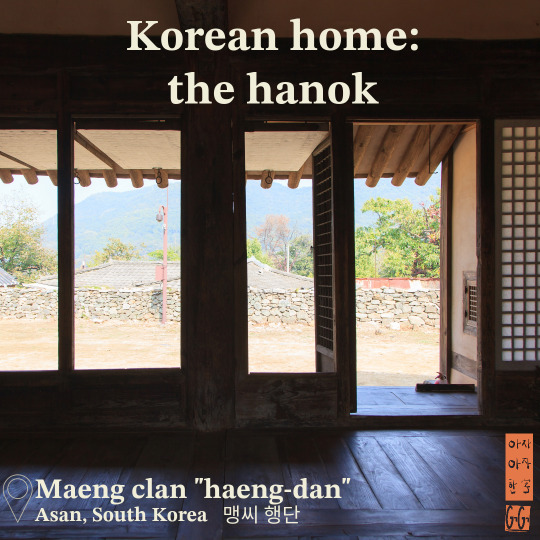

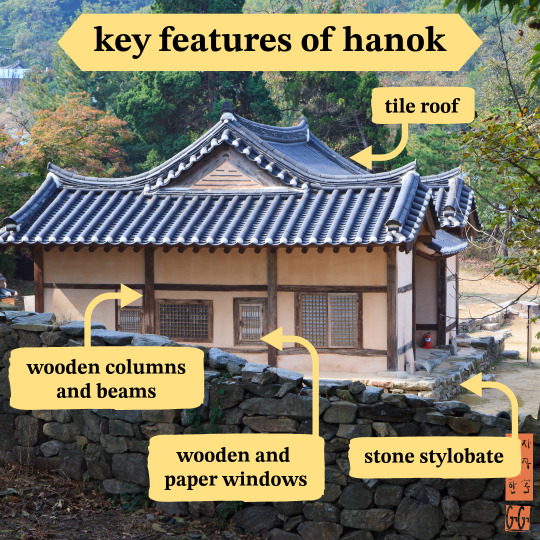
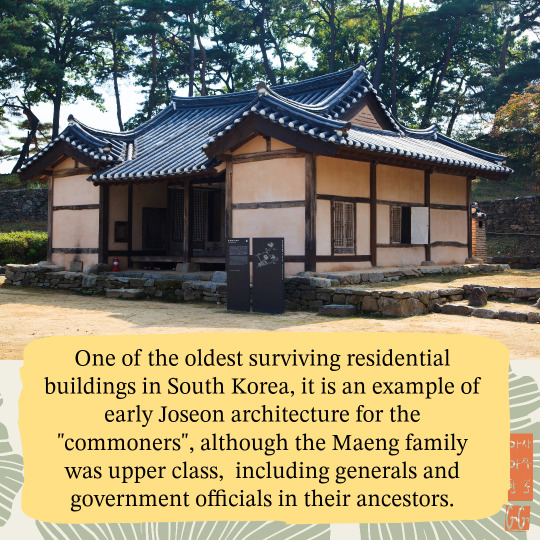
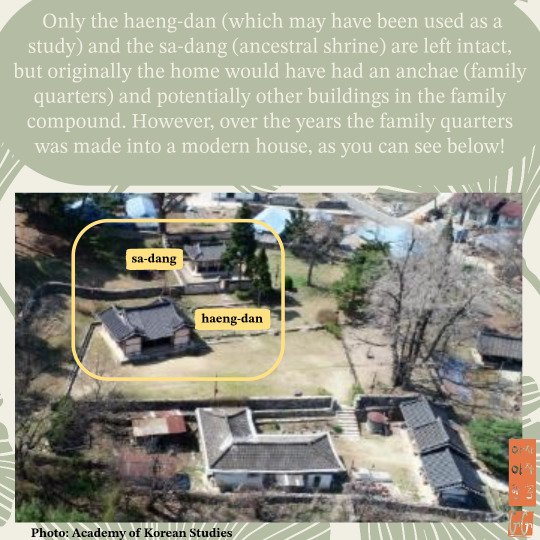

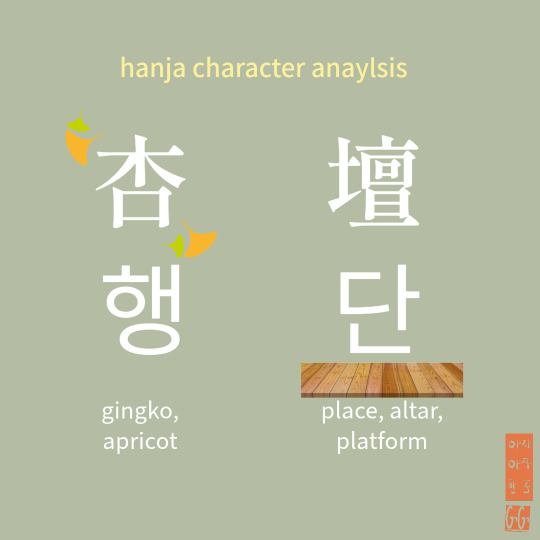
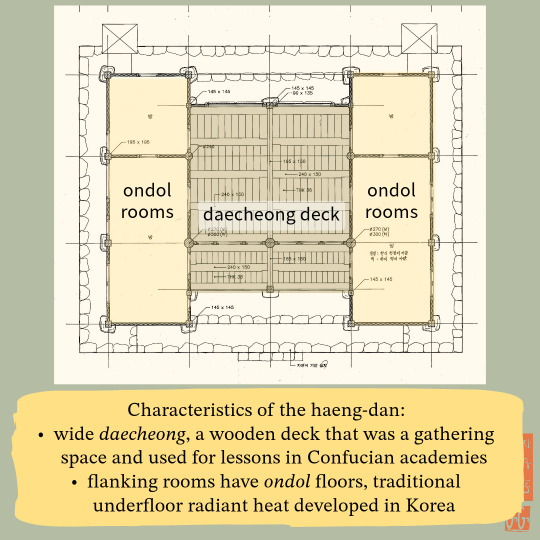
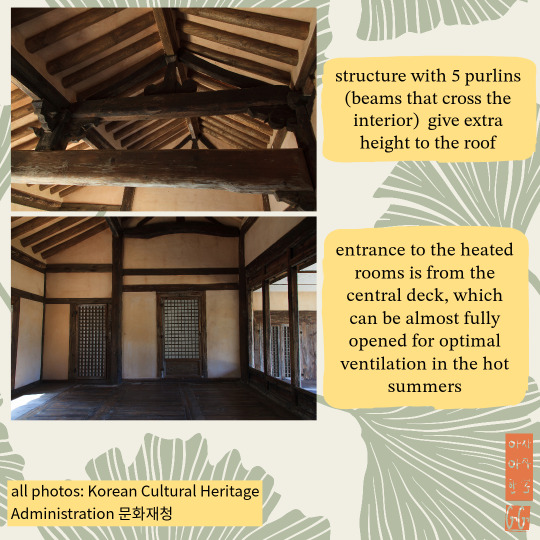
All about Hanok, the Korean traditional home, using the oldest surviving example of the Maeng clan haeng-dan! It is an example of architecture from the beginning of the Joseon dynasty (start:1392) which has been maintained according to the old way of building.
The name 행단 refers to a place with a gingko tree, which makes reference to Confucius teaching pupils under a gingko tree. In Joseon, Confucian culture became a main part of the national culture, replacing previous national Buddhism in Goryeo dynasty.
#architecture#korean learning#korean#korean study#korean language#korea#korean langblr#study korean#not hanja#korean architecture#korean culture#traditional architecture
201 notes
·
View notes
Text
Bretagne (Brittany), France...




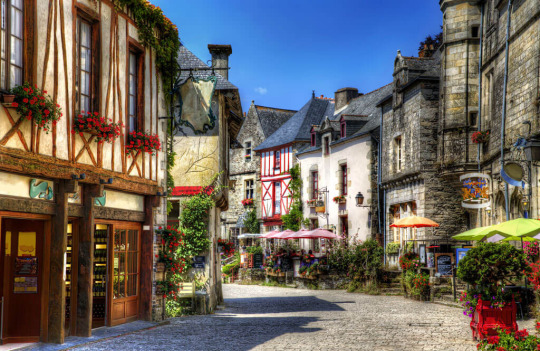



#nature#hiking#travel#brittany#bretagne#france#breton#breizh#celtic#celtic languages#french#cottagecore#countryside#trees and forests#cobblestone#old town#saint malo#seaside#rural#rural europe#ruralcore#rural aesthetic#rural photography#architecture#castle#river#europe#european travel#naturecore#cottage aesthetic
23 notes
·
View notes
Text

The car will stop in both languages. Mitsubishi, Belgium, 1995, Agency- Grey
#billboard#the car will stop in both languages#Belgium#3-d billboard#advertisement#architecture#Agency- Grey
60 notes
·
View notes
Text
This episode, Ariel speaks to Sam Nabi about One Million Neighbours, a project bringing together the voices of local non-profits that envisions the future of Waterloo Region once the population has reached one million. Sam discusses the impetus for the project, providing a voice for the voiceless, the issue with grant applications, funding the future, being proactive instead of reactive to harsh policies, and much more. What might an abundant, inclusive, resilient (Ariel says: solarpunk) city look like on the human level? Who lives there, what do they value, and what are their daily lives like? And what does it look like to take action now at the regional/municipal level to ensure that utopian vision?
#solarpunk#Solarpunk Presents Podcast#podcast#podcasting#Waterloo#Canada#Ontario#KW#Kitchener-Waterloo#Kitchener#Region of Waterloo#One Million Neighbours#Vision One Million#urban planning#public transit#architecture#neighbours#languages#diversity#equity diversity inclusion and decolonization#EDID#official plan#hold the line Waterloo Region
5 notes
·
View notes